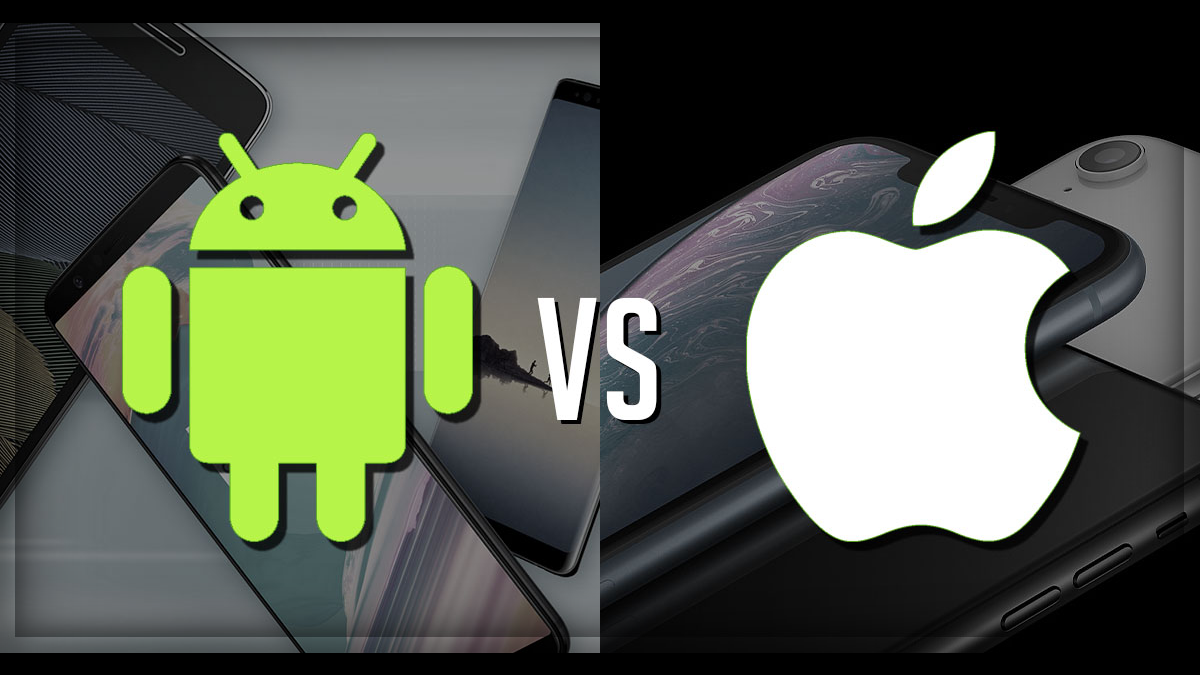
Are you looking for a new smartphone? Then you have to make the most important buying decision first: Android vs iOS. Both operating systems (“OS”) are special in their own way, offer many features and offer millions of apps to download from the respective store. But while the differences between Android and iOS increase with each new release, it also seems that many areas of the operating systems are more similar than ever. So what features can you expect to find in every cell phone, or what are their strengths and weaknesses?
However, one thing is certain: both operating systems are excellent choices in their own right. With many of their own features, great designs, and years of development, Apple and Google have done a great job and come up with great systems. Nevertheless, the market share of Android smartphones today is about 75%, while about 23% of smartphones are running on iOS system. Likewise with the number of applications, in general the growth of Android applications is faster than iOS applications. Even now many small and medium scale companies have their own applications. There are many professional services for Android app development, as can be found at custom android apps development.
Table of Contents
Android can be expensive, iOS always is
In typical smartphone reviews, the subject of price and availability is usually only mentioned at the end of the article. However, it makes sense to mention it at the start of the comparison, as it plays an important role in deciding between iOS and Android.
Android’s high market share is probably due, among other things, to the variety of models that Google’s OS brings with it. Apple’s iOS system is reserved for homemade iPhones. These are increased once a year and are always expensive in terms of price. So if you don’t want to spend a lot of money on a smartphone, you will have to rely on Android.
Android is not just Android
Unlike Apple’s iOS, the Android operating system doesn’t always look the same: Manufacturers massively change the design of the OS and add features that other Android devices don’t have. Manufacturers bundle these innovations in a so-called overlay: the operating system itself is still Android at its core, but in a whole new guise and with its own name. Samsung calls its own work on the operating system “One UI”, Huawei relies on “EMUI”, and OnePlus users use Oxygen OS.
On cheaper devices, including many Motorola and Nokia smartphones, what is known as stock Android usually runs, i.e. a version of the system that has hardly or at all been modified by the maker. While these devices typically lack the features found on smartphones with an overlay, system performance does benefit, which is a clear advantage for cheaper devices with weaker hardware.
Fewer and fewer differences in reliability
Not so long ago, Android still had to face the prejudice that the system was very unstable and constantly crashed. And indeed: in previous versions, the Google operating system often had to deal with application crashes and system crashes. As a result, users often saw messages such as “The application has been terminated”. iOS didn’t have these issues: then as now, the system works stably in most cases and there are almost no app crashes.
Nevertheless: Google’s operating system does not seem to have reached the end of the road yet and Apple will still work a little more reliably. This becomes particularly clear when it comes to system updates: Android smartphones haven’t really covered themselves in glory in recent years when it comes to keeping smartphones up to date with the latest software. One to a maximum of three system updates can be expected from a new Android smartphone after its release.
In terms of performance, both operating systems make a good impression: animations run smoothly and overall performance leaves nothing to be desired. Android also got rid of this vice from the past over the years.